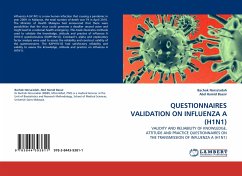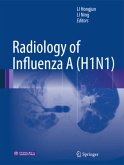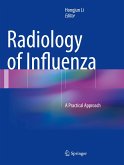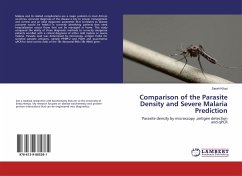In April 2009, Mexico was the first country where an increase of pneumonia caused by H1N1 influenza was observed. As of August 2010, over 18000 deaths among laboratory-confirmed cases had been reported to the WHO. One of the major diagnostic problems is the poor sensitivity of currently available rapid influenza antigen tests (RIATs) for H1N1 influenza detection, and the inability to differentiate with RIATs between H1N1 and other influenza A strains. On the other hand, PCR, the gold standard for H1N1 influenza diagnosis and confirmation, has a long turn-around time and is also expensive. Timely diagnosis is important, however, as antiviral therapy - if started within 48 hours after infection - may reduce duration of hospitalization as well as the duration of illness, and lowers the risk of intensive care unit (ICU) admission. For these reasons, it seems to be important to understand the differences in first clinical presentation between PCR confirmed influenza and influenza-likeillnesses (ILI), in order to improve the outcome and reduce health care costs. Therefore, knowledge of the differences between H1N1 influenza and ILI may help to decide whether antiviral therapy should be started before PCR results are available or not. For this reason, we reviewed signs, symptoms and risk factors of approximatly 500 H1N1 suspected patients.
Bitte wählen Sie Ihr Anliegen aus.
Rechnungen
Retourenschein anfordern
Bestellstatus
Storno








